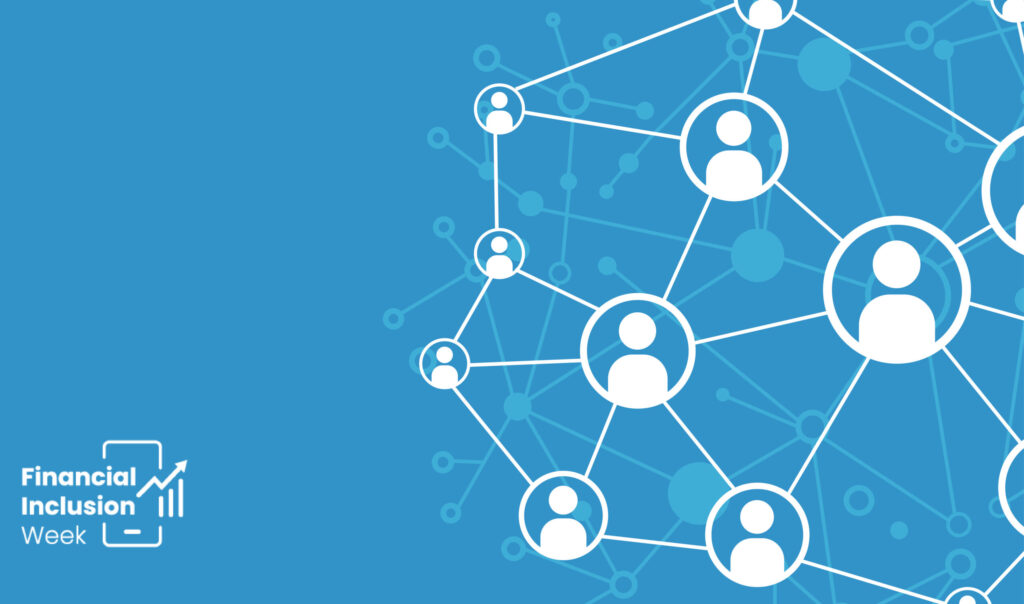
Topics
A woman´s financial inclusion is inextricably linked with her ability to access, use, and benefit from financial products and services. The overwhelming assumption within the inclusive finance industry and accompanying players is that well-designed products enable women to overcome barriers, thus leading inexorably to their economic empowerment and inclusion. This common notion excludes the critical enabling environment outside of the financial space that determines how and whether a woman may gain access to that well-designed product in the first place and be able to use it effectively. In other words, men’s and women’s lived experiences differ, thereby requiring financial products, services, and approaches that account for these differences. The broader environment is made up of the social and gender norms which determine what is appropriate conduct and behavior and tend to be highly gendered. Taking these norms into account requires not just products and tools that enhance women’s awareness and capabilities, but, equally important, changing the financial and social systems to be more inclusive of women, their needs, and their behaviors.
Norms Present Multiple Dimensions of Constraints
The social rules and norms that lead to inequality need to be viewed as a serious economic challenge.
Social norms are the informal rules and standards that guide social behavior, expectations, perceptions, and actions at the individual, household, and community level, influencing household roles, livelihood responsibilities, and public life. Norms often influence official laws and rules, such as when national laws limit the industries in which women may participate or the type of property they can own, if any. Gender norms are also used to limit individual choices such as a woman’s mobility or household obligations. Gender and social norms applied in this manner determine the level to which women’s economic empowerment, and women’s financial inclusion more specifically, is possible. The social rules and norms that lead to inequality need to be viewed as a serious economic challenge.
Transformative Change Is Needed
Better products and services, as well as increased digital literacy, are only part of the solution to reduce and eliminate these gaps.
Until now, financial inclusion has largely steered clear of incorporating a social norms lens, assuming instead that access to bank accounts or savings groups will almost automatically lead to more female economic inclusion. However, lack of understanding of norms, and design that does not consider these constraints or try to alter them through financial systems and services, has resulted in an extended and persistent global gender gap in bank account ownership over the past decade. In addition, despite the proliferation of digital financial offerings, many of the same norms that have inhibited progress on accounts manifest and are heightened when it comes to access to technology and connectivity, and as a result, we also see a persistent global mobile gender gap. Better products and services, as well as increased digital literacy, are only part of the solution to reduce and eliminate these gaps. What is needed now is a shift toward gender transformative approaches to financial services that aim to challenge systemic inequality.
Taking a gender transformative view requires understanding the customer as part of an ecosystem.
What is clear, therefore, is that to achieve universal financial inclusion, those working in inclusive finance must find a way to account for men’s and women’s behavior outside their use of financial services. The bulk of the industry relies on individualized products – either via a mobile app or one-on-one with a banking agent. Taking a gender transformative view requires understanding the customer as part of an ecosystem. Men and women do not operate in a vacuum; they live in households, communities, and as part of regional and national cultures that influence and dictate their choices. Thus, full financial inclusion will take a systems approach, moving away from a myopic view of building a relationship between an individual and a provider toward a collective methodology of many providers serving the many needs of each customer.
CFI Is Investing in Directly Addressing Norms Constraints
CFI is undertaking landscape research of financial inclusion providers and tools that address both supply- and demand-side normative constraints. Mapping actors who are considering norms – by looking at customer attitudes or behaviors, for example – will enable us to amplify approaches and tools that work, as well as identify opportunities for further analysis. Among our research goals are to understand the specific constraints for customers by entry point (savings group, MFI or DFS, for example) and examine the best metrics to measure short-and long-term changes in attitude, knowledge, and behavior. We will be kicking off this exploration during the 2020 Financial Inclusion Week on October 13-16 and hope you will join us on this journey.










